Hammond Castle Museum
An eccentric inventor's castle home with its own indoor weather system.
John Hayes Hammond Jr. was a resourceful man. As a little boy he visited Edison’s laboratory with his wealthy father John Hays Hammond Sr, a South African mining magnate. The young Hammond Jr. pestered Edison with so many questions that Edison took him under his wing and acted as his mentor, remaining Hammond’s friend until his death.
Hammond would indeed follow in the inventor’s prolific footsteps becoming second – to Edison himself – for the most invention patents filed. Hammond served on the board of RCA, and did significant work on remote control via radio waves, earning him the title “the father of remote control.” (Technically, that honor belongs to Nikola Tesla.)
A passionate traveler, Hammond had a deep love of all things European and historic. In a letter to a friend he wrote “You can read history, you can visit a hundred museums containing their handiwork, but nothing can reincarnate their spirit except to walk through rooms in which they have lived and through the scenes that were the background of their lives. It is a marvelous thing, this expression of human ideals in walls and windows.”
Hammond certainly expressed himself in the walls and windows of his New England home: a medieval-style castle complete with a drawbridge which he dubbed “Abbadia Mare.” Built between 1926 and 1929 on a steep hill overlooking the Atlantic ocean in Gloucester, Massachusetts, the house features a renaissance dining room, round library, a War room, secret passageways and even an indoor pool with a “weather control” system that Hammond could set whenever he felt like swimming in the rain. The house was an expression of all things that Hammond loved, and his behavior showed it. A joyous Hammond was known to leap cannonball style from a second story window into his courtyard pool.
A garden room in the courtyard was pieced together from buildings Hammond found and liked while on his travels, in this case a meat market and wine merchant’s house, while in another location an ancient church archway of carved lava from Mt. Vesusvius stands overhead. Also displayed in the museum is the skull of, supposedly, a sailor who sailed with Christopher Columbus. Perhaps the most impressive part of the house is the Great Hall, with its 8200 pipe, eight story high, pipe organ and giant stained glass window. Today the museum showcases Hammond’s fabulous collection of antiques as well as his inventions within the house, along with some cheesier additions as well.
One even gets to come face to face – and face to other parts – with Hammond himself. Hammond kept a nude statue of himself looking out over the home.
Know Before You Go
Admission is $20 per adult. There's no air conditioning and it's not handicap accessible, as there are many steps and narrow spiral staircases.

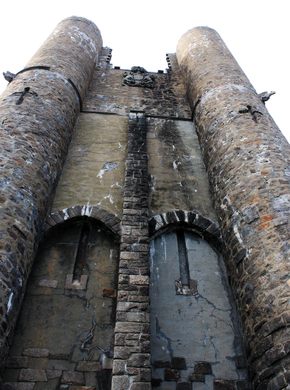

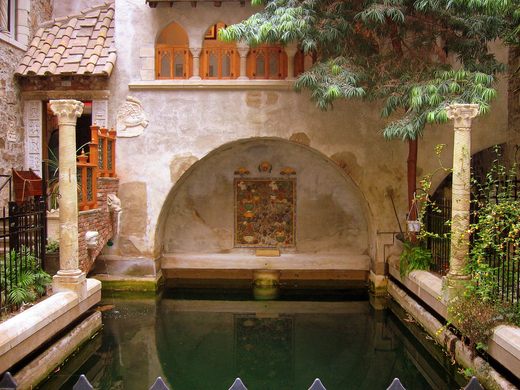
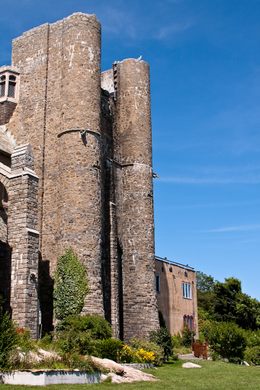
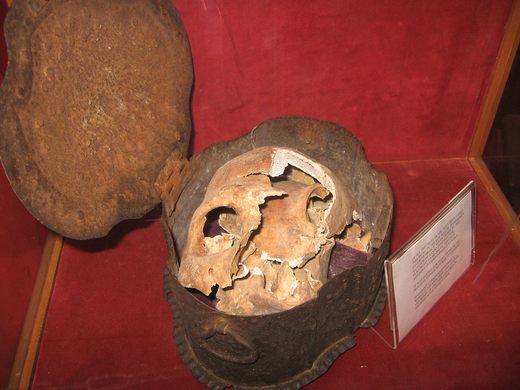
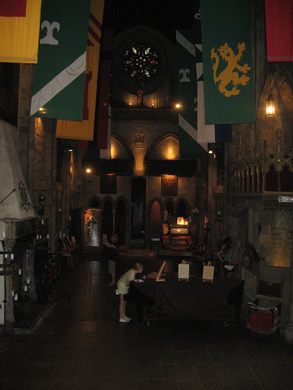
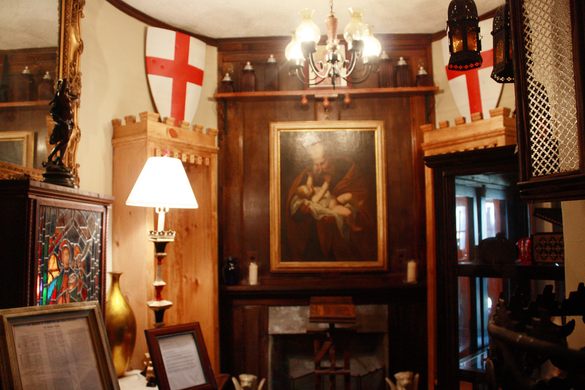
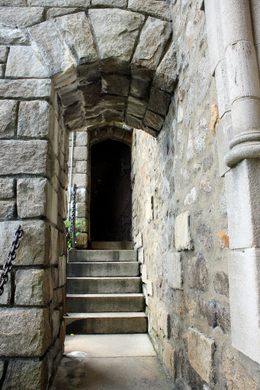
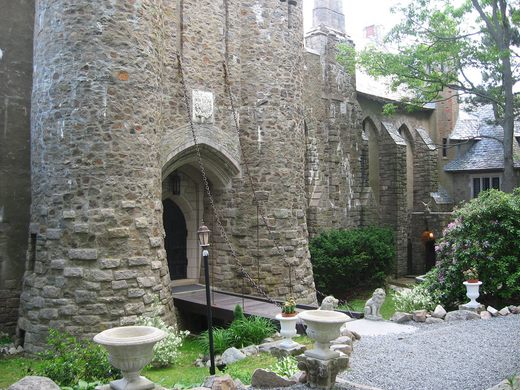
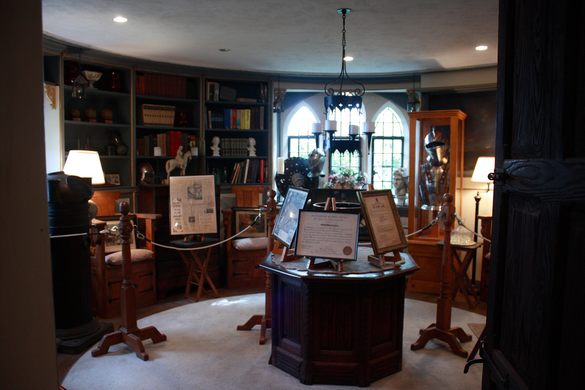
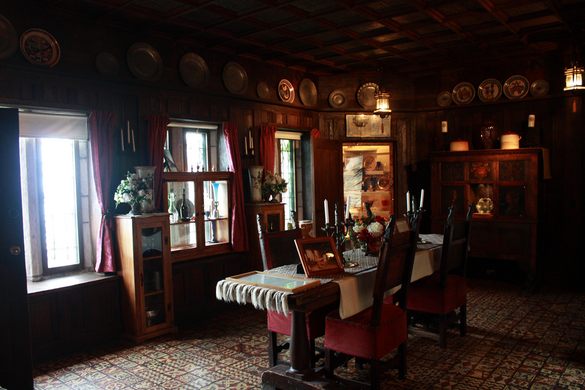
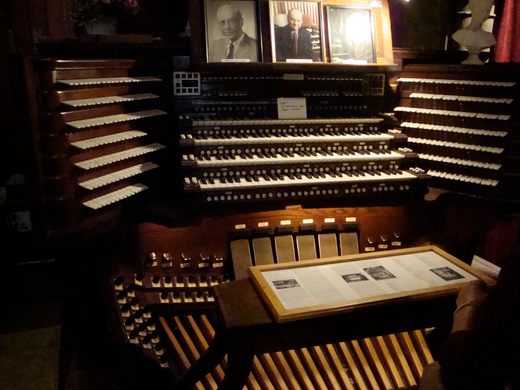
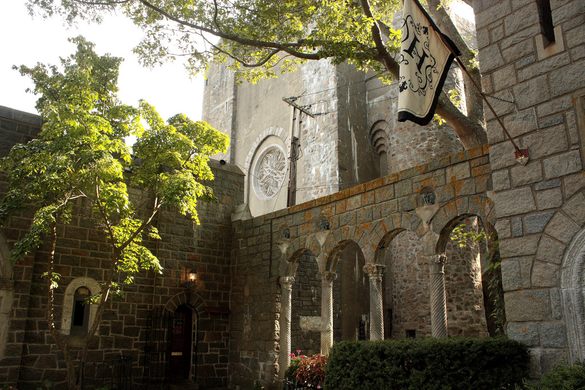
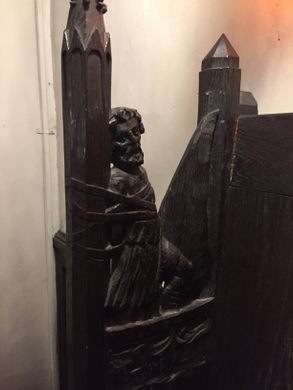







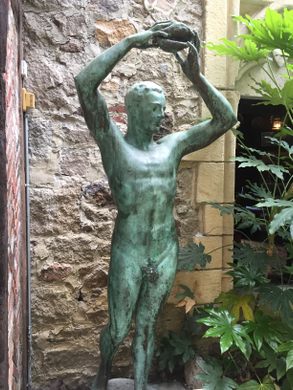
















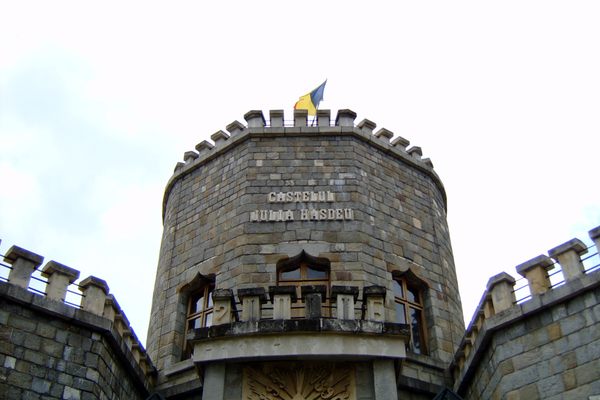
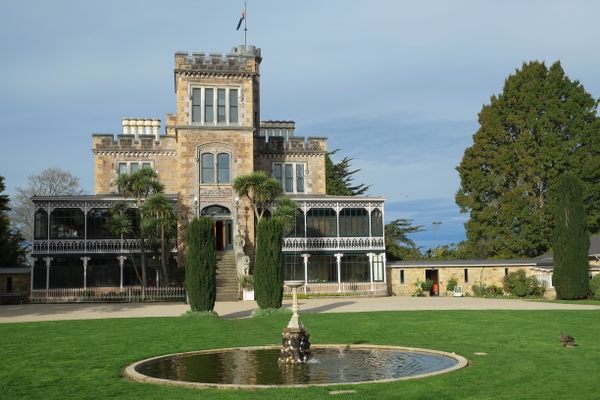
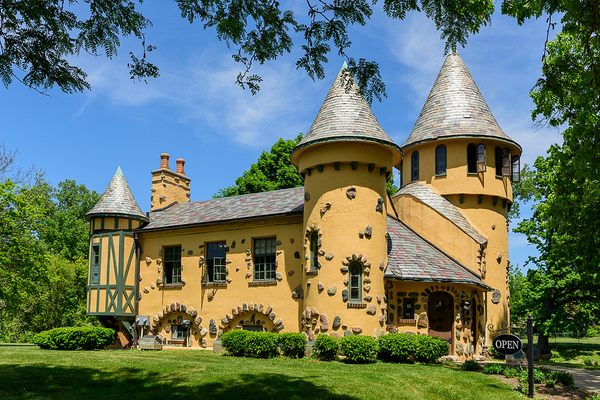


Follow us on Twitter to get the latest on the world's hidden wonders.
Like us on Facebook to get the latest on the world's hidden wonders.
Follow us on Twitter Like us on Facebook